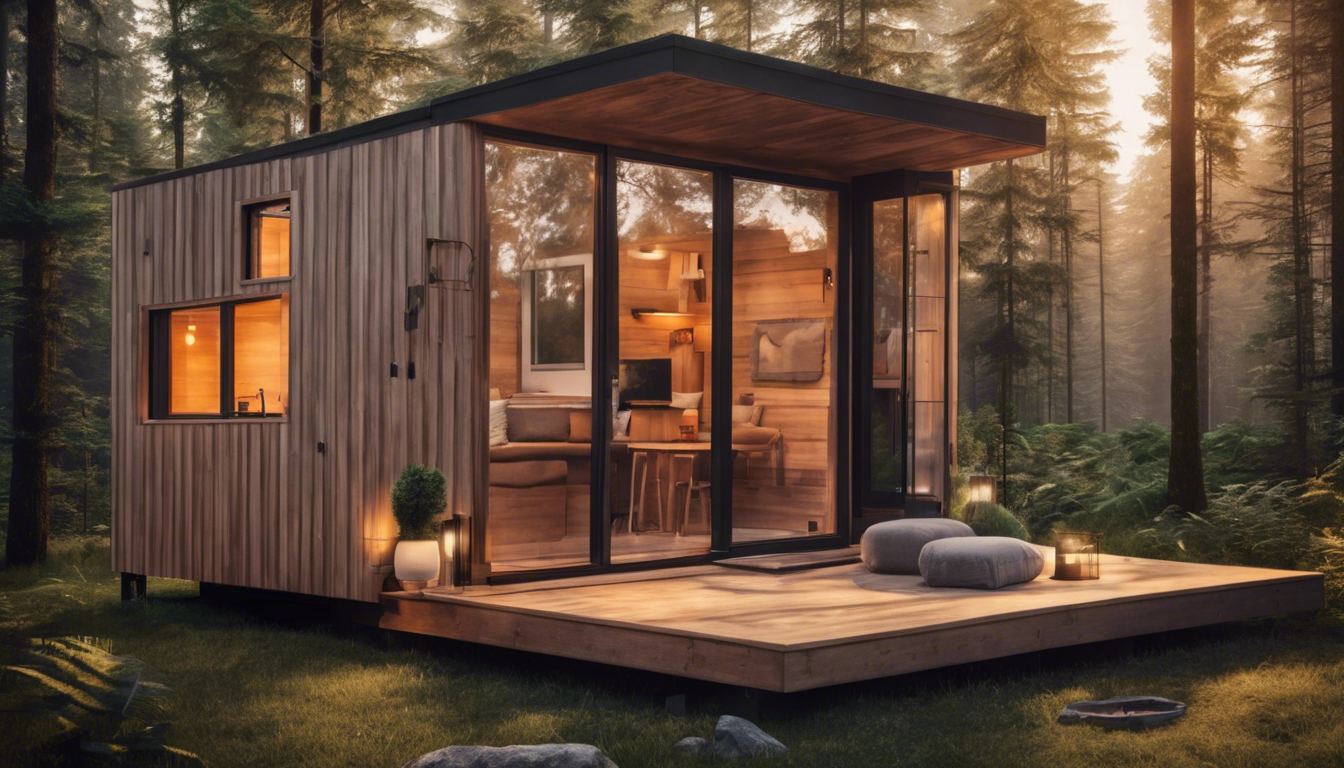Tiny home pods represent a simple, efficient way to embrace minimalist living.
These compact structures offer various advantages, making them appealing for those seeking a lifestyle change.
In this guide, we will explore what tiny home pods are, their benefits, design options, sustainability, and helpful tips for transitioning to this lifestyle.
Tips for Transitioning to Tiny Home Living
Transitioning to tiny home living can be an exciting and rewarding experience.
Here are some essential tips to help you make the move successfully.
First, start by evaluating your current belongings.
Assess what you really need and what you can part with.
Embrace minimalism; fewer items mean more space in your tiny home pods.
Next, consider the layout and design of your new space.
Make sure it fits your lifestyle and preferences.
Utilize vertical storage solutions to maximize space.
Also, research the best tiny home pods that meet your needs in terms of comfort and efficiency.
Lastly, connect with the tiny home community.
Find groups online or locally that can provide support and share experiences, making your transition smoother.
Frequently Asked Questions
What are tiny home pods?
Tiny home pods are compact, modular living spaces designed for minimalist living.
They offer all the essential amenities in a reduced footprint, making them an ideal choice for those looking to downsize or simplify their lifestyles.
What are the key benefits of living in tiny home pods?
The key benefits include financial savings on housing costs, reduced utility bills, a smaller environmental footprint, and the convenience of decluttered living.
They also promote a simpler lifestyle focused on experiences rather than possessions.
Can I customize my tiny home pod?
Yes, tiny home pods can be highly customizable.
You can choose layouts, finishes, and features that suit your personal style and needs, including options for eco-friendly materials and energy-efficient appliances.
How do tiny home pods contribute to sustainability?
Tiny home pods often use fewer resources than traditional homes, play a role in reducing waste, and are typically more energy-efficient.
Their smaller size means less energy consumption and a lower carbon footprint.
What tips do you have for transitioning to tiny home living?
Start by decluttering your current belongings, prioritize essential items, and get familiar with the layout of your tiny home pod.
Consider your lifestyle needs, embrace minimalist living principles, and explore multifunctional furniture options.



Leave a Reply